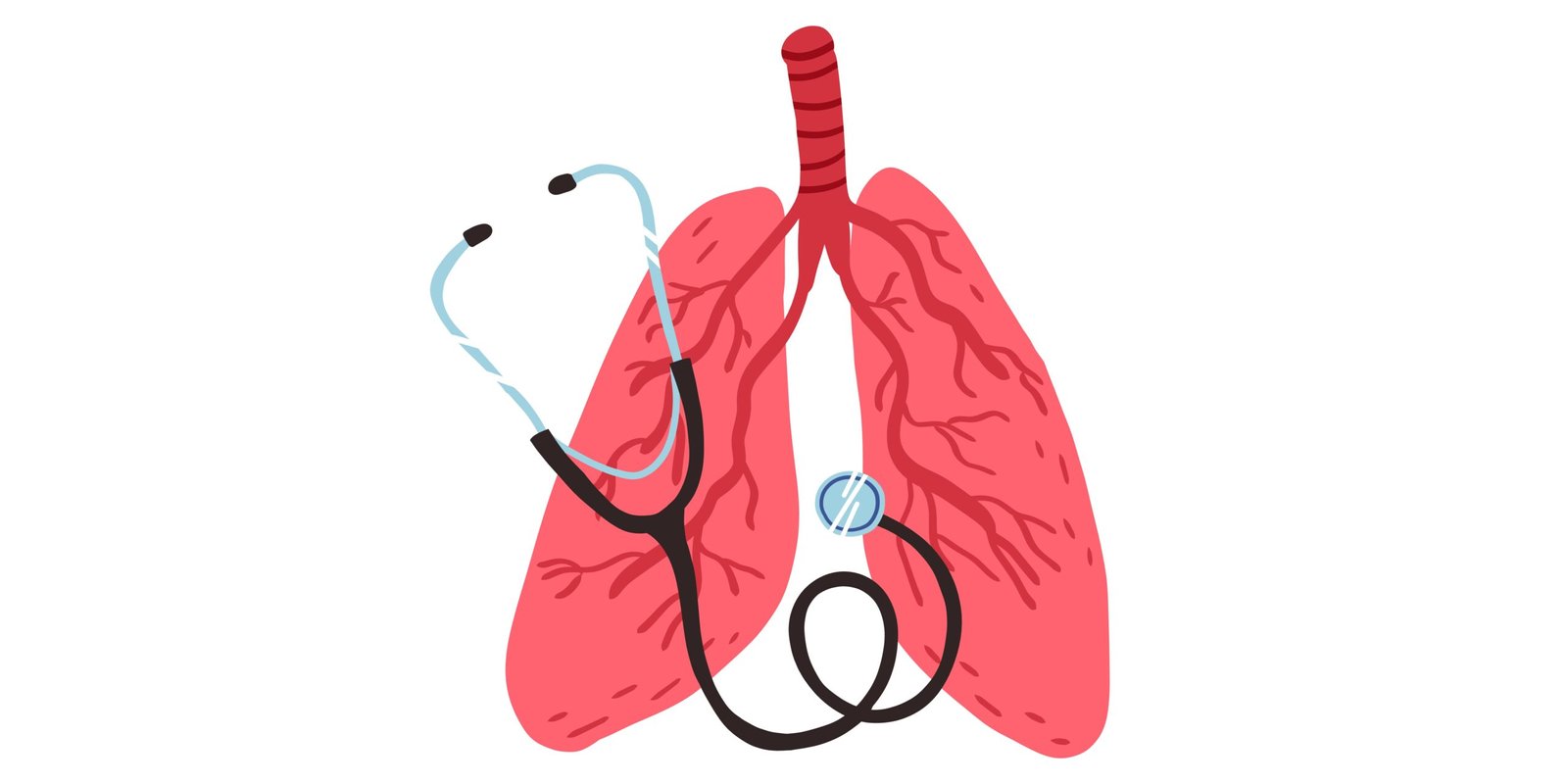Cardiovascular disease (CVD) stands as a prevailing cause of both mortality and morbidity on a global scale. Within the context of Bangladesh, the burden of CVD is notably substantial, thereby rendering it a critical public health concern that necessitates comprehensive attention. This article delves deeply into the multifaceted responsibilities of the government and various stakeholders concerning the prevention and treatment of cardiovascular diseases in Bangladesh. It emphasizes the pivotal significance of collaborative efforts in combating this pervasive health issue.
The Government’s Role in cardiovascular disease prevention and treatment in Bangladesh
Policy and Regulation
The government’s influence in shaping healthcare policies and regulations is paramount in the context of CVD prevention and treatment. Through the implementation of stringent guidelines, it can effectively control risk factors and enhance overall healthcare delivery. For example, initiatives aimed at reducing salt and trans-fat consumption have a direct and significant impact on heart health.
Healthcare Infrastructure
Investment in healthcare infrastructure is of utmost importance when addressing CVD. The government must ensure that hospitals and clinics are not only well-equipped but also efficiently prepared to handle CVD cases. The establishment of cardiac care centers and the enhancement of access to essential services can be life-saving endeavors.
Stakeholders’ Involvement
NGOs and Non-Profits
Non-governmental organizations (NGOs) and non-profits play an instrumental role in CVD prevention and treatment. They often collaborate closely with the government to reach underserved populations. Their multifaceted efforts encompass everything from widespread awareness campaigns to organizing health camps in remote areas, thereby ensuring that healthcare services are delivered to those who need them most.
Pharmaceutical Companies
Pharmaceutical companies can make significant contributions by developing affordable medications and treatment modalities for CVD. Collaborating with the government to ensure the accessibility of these treatments to all socioeconomic strata of the population is of paramount importance. This synergy can enhance the reach and affordability of life-saving medications.
Challenges in cardiovascular disease prevention and treatment in Bangladesh
Socioeconomic Factors
Economic disparities prevalent in Bangladesh significantly affect access to healthcare. It is imperative for both the government and stakeholders to address these disparities to ensure that CVD prevention and treatment reach individuals across all socioeconomic groups. Striving for healthcare equity should be a top priority.
Awareness and Education
Lack of awareness about CVD risk factors and symptoms remains a significant challenge in Bangladesh. A concerted effort is needed in the form of educational campaigns, community outreach programs, and school-based initiatives to disseminate vital information regarding CVD, its prevention, and early detection.
Success Stories of cardiovascular disease prevention and treatment in Bangladesh
Community Health Initiatives
Numerous successful community health initiatives have demonstrated the remarkable impact of grassroots efforts on positive health outcomes. Engaging communities in CVD prevention programs has proven to be an effective strategy, as it empowers individuals to take charge of their health and well-being.
Government Programs
Government programs, such as the “Shasthyo Suroksha Karmasuchi,” have achieved notable success in combating CVD. By providing free healthcare services to low-income individuals, these programs have played a pivotal role in saving lives and reducing the burden of CVD among the most vulnerable populations.
Research and Innovation in cardiovascular disease prevention and treatment in Bangladesh
Ongoing Studies
Ongoing research studies are critical for identifying emerging trends and risk factors associated with CVD in Bangladesh. The government’s support and funding of these studies are essential to stay ahead of the curve and adapt healthcare strategies accordingly.
Advancements in Treatment
Innovations in CVD treatment, such as minimally invasive procedures and telemedicine, have the potential to improve patient outcomes significantly. Collaborative efforts between the government and private healthcare providers are essential in making these advancements accessible to all, ensuring that the latest and most effective treatments are within reach for every citizen.
Conclusion
In conclusion, cardiovascular disease prevention and treatment in Bangladesh are pivotal. Collaborative partnerships, policy reforms, and substantial investments in healthcare infrastructure are essential components of an effective strategy to combat CVD. By addressing socioeconomic disparities, raising awareness, and embracing innovation, Bangladesh can make remarkable strides in reducing the burden of cardiovascular diseases, thereby ensuring a healthier and more prosperous future for its citizens.


